Deadlift Everyday – To Lift or Not to Lift?
Author:
Reviewed by:
(21 years of Oly Lifting experience)
Unlock your full potential by engaging with our experts and community! Have questions about your fitness journey or looking for expert advice on weightlifting techniques? Don’t hesitate — leave a comment below and Sergii Putsov will provide a personalized answer and insights to help you reach your goals.
Torokhtiy is reader-supported. Some links are affiliate links, and we may earn a commission at no extra cost to you. See our disclosure page for details.
You want to start the incredible adventure of doing deadlift everyday? I’m here to lend you my experience and advice as you embark on this exciting journey so that you do not have to go through the potential struggle that I went through.
When I initially began deadlifting, I was a bumbling beginner who didn’t know what he was doing. Should I do a daily deadlift? Is it safe to strain the same muscle group every day? I had so many questions! And if I had known then what I know now, I could have avoided a lot of frustration and disappointment.
So unwind, kick back, and prepare to delve daily into the realm of deadlifting. There’s a challenge for everyone, from complete beginners to seasoned pros. Prepare to deadlift heavier weights and show your buddies your increased power, developed back, and superior gluteal muscles. Not sure if they want to be checking out your glutes, but hey!
You never know, right?
What will deadlift everyday lead to? Doing deadlift everyday can lead to improved strength and muscle growth, but may risk overtraining, injury, or plateauing without proper rest and recovery.
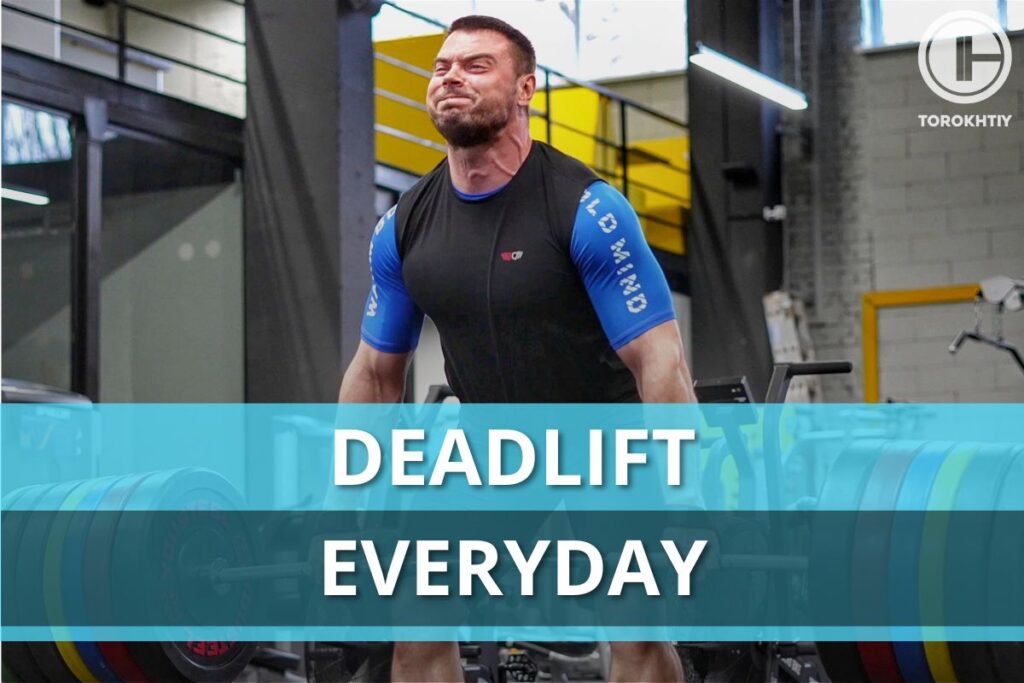
Can You Deadlift Every Day?
So, you’re standing there wondering, can you really deadlift every day? The answer is yes and no. A better question would probably be, “Should you deadlift every day?”.
While it’s technically possible to deadlift every day, it may only be suitable for a select few. It depends on factors like your fitness level, experience, and recovery ability. Not everyone is the same. Just because you saw something on the internet, or a friend told you that this is a great idea, doesn’t mean that you should listen. Deadlifting the whole week, for example, might sound innocent enough, but this exercise exerts a strenuous amount of stress on your body. And if you don’t give it time to heal, you’ll surely be at risk of injury.
For experienced lifters with proper technique and a solid foundation of strength, daily deadlifting could lead to improvement in performance and muscle growth. However, if you’re a beginner or if you’re prone to injuries, there may be better options than deadlifting every day.
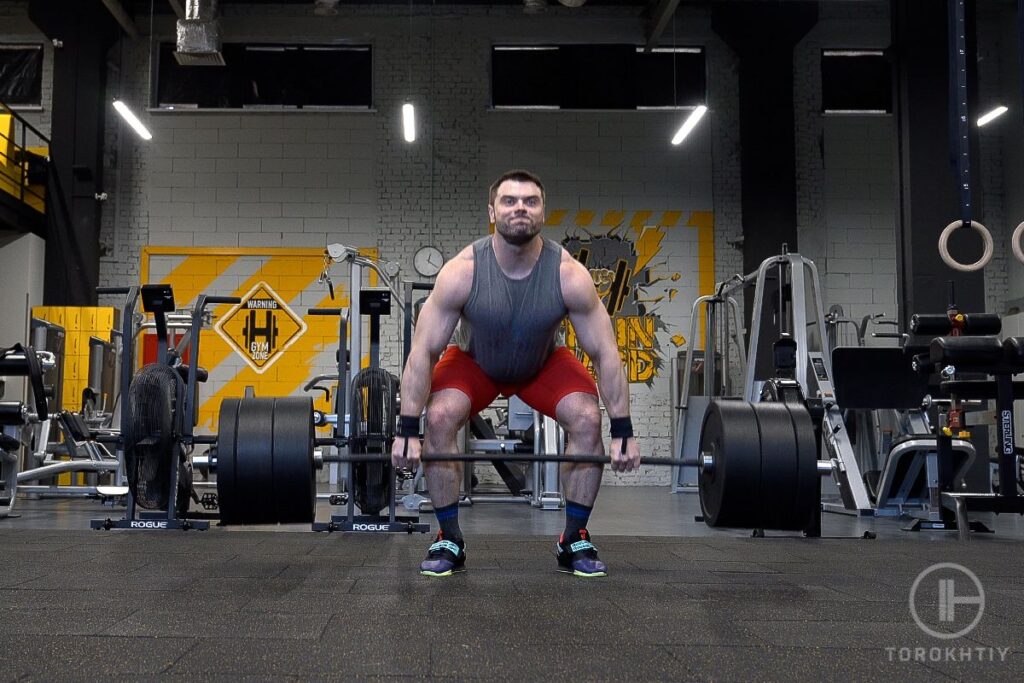
The key is to listen to your body and find the right balance between volume, intensity, and recovery. It’s essential to manage your workload properly, pay close attention to form, and allow ample time for rest and recovery to prevent overtraining and injuries.
If you’re unsure what weight you should start with for your deadlifts, you can use this strength calculator as a reference point.
Regardless of what you choose, deadlift every day or not, squat bench and deadlift everyday, doing a 30-day deadlift challenge – it doesn’t matter! Always prioritize your health, technique, and well-being above everything else. Remember to consult a professional trainer or physician if you need clarification on incorporating daily deadlifts into your routine.
Follow us!

Free!
Get a 2-week Weightlifting Program as a bonus for the subscription to kickstart your training plan!

Free!
Deadlift Everyday Benefits
Daily deadlifting might sound intense, but there are several benefits of deadlifting everyday if and when done correctly. For those who’ve mastered the technique and have a solid strength foundation, this approach can lead to some impressive gains.
Improved Strength and Muscle Growth
Deadlifts target multiple muscle groups, and by performing them daily, you can boost muscle growth, bone density, and overall strength.
Enhanced Grip Strength
Holding onto that heavy barbell every day will significantly improve your grip strength, which translates to other exercises and daily tasks.

Increased Fat Loss
Deadlifts are an excellent calorie-burning exercise. Doing them every day can boost your metabolism and help you shed extra pounds.
Better Posture and Reduced Back Pain
Deadlifting strengthens your back muscles, which can alleviate lower back pain and promote better posture when done with proper form.
Greater Neural Adaptation
Frequent deadlifting enhances neural connections, making your body more efficient at performing the movement and increasing overall strength.
Consistent Progress Tracking
By deadlifting each and every day, you can better monitor your progress and make appropriate adjustments to your routine as needed.
Increased Discipline and Mental Toughness
Committing to a daily deadlifting routine can instill discipline and mental fortitude that will carry over into other areas of your life.
These benefits are contingent upon proper form, workload management, and adequate recovery. Always prioritize your health and well-being, and don’t hesitate to ask for professional guidance if needed.
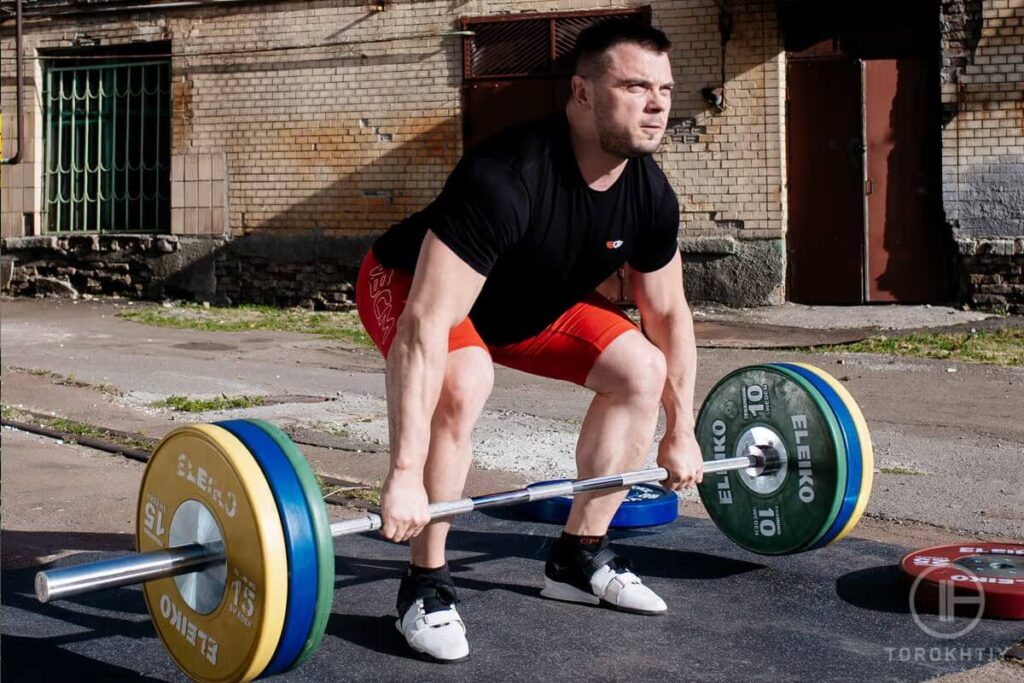
Disadvantages of the Deadlift Every Day
While deadlifting every day can provide various benefits, it’s not without its drawbacks. Deadlifts can be dangerous if you don’t maintain a proper form. Overdoing it weight-wise also wouldn’t help. You don’t always want to push your body to its limits, at least not for a prolonged period.
Risk of Overtraining
Deadlifting is a high-intensity exercise that taxes multiple muscle groups. Doing it every day might lead to overtraining, which can negatively impact performance and hinder progress.
Increased Injury Risk
Performing heavy deadlifts daily can put excessive strain on your muscles, joints, and spine, increasing the risk of injury if not done with proper form and adequate recovery.
Muscles Targeted
Both exercises work for almost similar muscle groups. But conventional deadlifts work the lower back, hamstrings, and glutes more. On the other hand, sumo deadlifts place more emphasis on your quads.
Limited Focus On Other Exercises
If you’re deadlifting daily, you may be neglecting other important exercises and muscle groups, resulting in imbalances and weaknesses.
Potential Plateaus
Training the same movement daily can lead to plateaus, especially if you’re not incorporating sufficient variation in your routine.
Reduced Motivation
Committing to a deadlift everyday regimen can be mentally draining, and motivation levels may wane over time, making it harder to stay consistent.
Insufficient Recovery Time
Your muscles need time to recover and grow. The body must replenish oxygen, eliminate lactic acid, and synthesize fresh energy. Daily deadlifting can lead to chronic fatigue and hinder your body’s ability to repair and rebuild.
Increased Stress on the Central Nervous System (CNS)
Frequent heavy lifting puts significant stress on your CNS, which may result in slower recovery times and a weakened immune system.
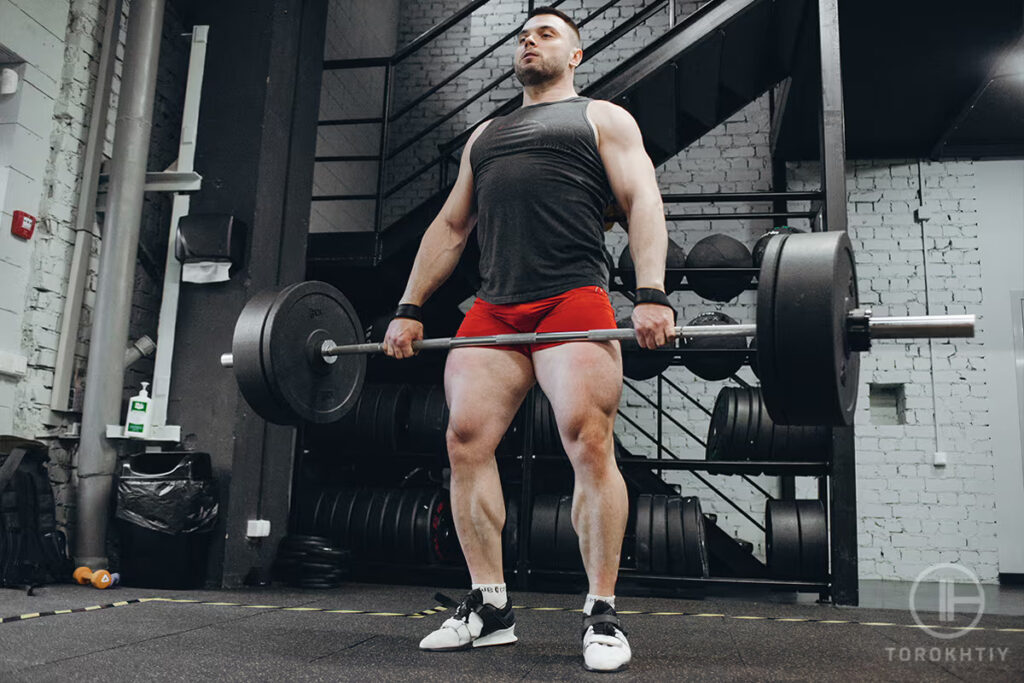
Why It Is Important to Rest Between Deadlift Sessions?
Rest and recovery play a crucial role in any training program, especially for compound exercises like deadlifts that engage multiple muscle groups and place a high demand on the body. Incorporating sufficient rest between deadlift sessions is vital for several interconnected reasons supported by scientific research.
Firstly, muscle recovery is essential for optimal performance and growth. When you perform a deadlift, your muscles experience micro-tears due to the stress placed on them. The body repairs these tears during rest, allowing muscles to grow stronger and more prominent.
Secondly, resting between deadlift sessions helps prevent overtraining and reduces the risk of injury. Overtraining can lead to a weakened immune system, hormonal imbalances, and decreased performance. A study in the Journal of Strength and Conditioning Research emphasized the importance of rest for injury prevention and optimizing performance in strength training.
And last but not least, incorporating rest days between deadlift sessions support central nervous system (CNS) recovery. The deadlift is a highly demanding exercise that puts significant stress on the CNS. Rest allows the CNS to recover, ensuring you can continue to perform at your best in subsequent workouts.
The Importance of Deadlifting Variation For Every Day
Here are some popular deadlift variations to consider including in your everyday workouts:
Conventional Deadlift
If you ever saw a deadlift, you most likely saw this. The classic deadlift targets the entire posterior chain, including the hamstrings, glutes, and lower back. It involves lifting the barbell off the ground while maintaining a neutral spine and fully extending the hips and knees.
Sumo Deadlift
With a wider stance and hands placed inside the knees, the sumo deadlift emphasizes the quads, inner thighs, and glutes. This variation may also reduce stress on the lower back for some lifters.
Romanian Deadlift
This variation focuses on the hamstrings and glutes while minimizing the involvement of the lower back. Starting with the barbell at hip level, hinge at the hips while keeping the knees slightly bent and lowering the barbell down the thighs.
Stiff-Legged Deadlift
Like the Romanian deadlift, the stiff-legged deadlift involves minimal knee bending and greater emphasis on the hamstrings. What differentiates it from the Romanian lift is that it requires maintaining completely straight legs while hinging at the hips to lower the barbell.
Single-Leg Deadlift
This unilateral exercise targets the hamstrings, glutes, and lower back while improving balance and stability. It involves lifting the barbell or dumbbell off the ground with one leg while keeping the other leg extended behind.
Trap Bar Deadlift
Utilizing a trap or hex bar, this variation allows for a more upright torso, placing less strain on the lower back and shifting focus to the quads and glutes.
Incorporating these deadlift variations into your everyday routine can improve overall strength, muscle balance, and increased workout diversity, which helps prevent boredom and plateaus. Always listen to your body and adjust the frequency and intensity of your deadlift sessions accordingly.
Deadlift Everyday Program
If you’re highly passionate about deadlifting and research it extensively, then you’ve more than likely already tried such a challenge or program. But if not, I’ll provide you with a great example of what a deadlift everyday program looks like.
Here is a 7-day example deadlift everyday program that you can try out if you want to break your limits. This program aims to challenge your body, improve your strength, and conquer plateaus. It’s essential to remember that this program is not intended for long-term use, and recovery is crucial after completing the program.
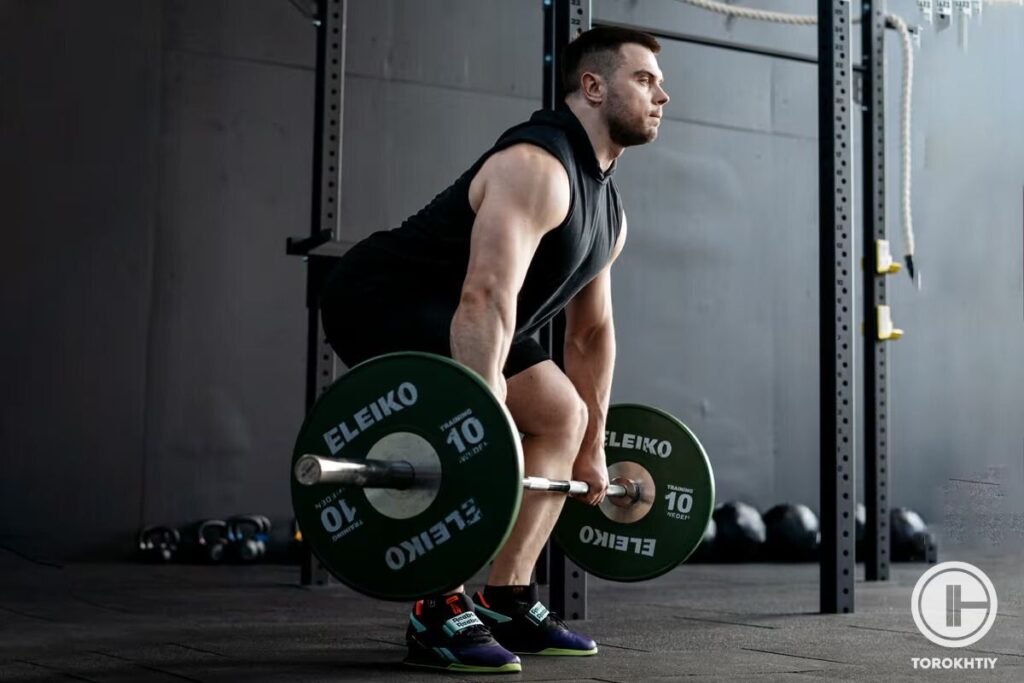
If you really want to go crazy, you can try the 30 day deadlift challenge. But if you’re not a seasoned deadlift, I wouldn’t recommend it.
This routine will help improve your deadlift strength and technique. Make sure to listen to your body, prioritize recovery, and avoid overtraining. Following this program for a short duration is recommended, and then returning to a balanced strength training routine that incorporates rest days and targets all major muscle groups.
FAQ
How to Deadlift Every Day Without Hurting Yourself?
Deadlifting everyday before and after warming up are two completely different things. Doing these exercises every day of the week might lead to injuries if you don’t take a methodical approach. Pre-exercise stretching and warming up increase blood flow and decreases the likelihood of injury. Good form is essential to avoid back and muscular pain while doing daily deadlifts. Do not slouch; instead, use your abdominal muscles. Consult a coach or trainer if you need clarification on your form.
Allow your body time to adapt by doing heavier or more frequent deadlifts. Injuries may occur from sudden increases in mass or size. By putting less strain on any one group of muscles, deadlift variations can prevent injuries caused by overuse. If you’re suffering or tired, you should rest.
Forcing yourself through pain might have negative deadlift everyday results in the form of significant injuries that would set your training back. A healthy recovery period reduces the risk of harm. Get some rest, eat well, and drink plenty of water. Try shorter cycles followed by a well-rounded strength training program instead of daily deadlifting.
How Often Should You Do Deadlifts?
Your deadlift frequency depends on your goals, fitness level, and training plan. According to experts, most people may benefit from deadlifting once or twice per week. This regularity allows you to focus on other tasks while your muscles heal and strengthen. The number of times you deadlift may vary according to your goals. Once per week, with fewer reps and heavier weights, deadlifting may help build strength. However, it may be optimal for muscle development to do deadlifts twice weekly with moderate weights and more repetitions.
“How often should I deadlift?” – that depends on how well your body heals and changes. How long you need to rest between workouts depends on your age, fitness level, and training experience. Get enough sleep, healthy food, and a variety of muscle-balancing exercises. Change your routine up based on what your body tells you. Reducing the amount of weight you deadlift could ease pain, fatigue, and impairment. Get advice from an experienced trainer on designing a curriculum that meets your specific needs and goals.
Conclusion
There might be better approaches than deadlifting every day. While it can provide some benefits, the potential for injury, overtraining, and inadequate recovery outweighs the positives. Incorporating deadlifts 1-2 times per week, combined with variations and other complementary exercises, will help you achieve your fitness goals more safely and effectively. However, if you’re adamant about it, remember to listen to your body, prioritize recovery, keep a pristine form while lifting, and find the right balance for long-term success.
If you’ve ever tried doing a deadlift everyday challenge or have a great program that has been tried and tested, I’d be happy if you’d share it in the comment section below so that we might discuss it further. Also, if you have any questions or general tips & tricks regarding doing daily deadlifting – don’t hesitate to join in on the discussion.
Happy lifting!
Also read:
- Stiff Bar vs Deadlift Bar
- Are Deadlifts Good for Abs
- How to Keep Back Straight When Deadlifting
- Deadlift Grip
- Eccentric Deadlift
- Accessory Exercises for Deadlift
- Deadlift Cues
References:
- The Deadlift and Its Application to Overall Performance // NSCA: https://www.nsca.com/education/articles/tsac-report/the-deadlift-and-its-application-to-overall-performance/
- A Comparison Between the Squat and the Deadlift for Lower Body Strength and Power Training // NCBI: https://www.ncbi.nlm.nih.gov/pmc/articles/PMC7386153/
- Calories burned in 30 minutes for people of three different weights // Health Harvard: https://www.health.harvard.edu/diet-and-weight-loss/calories-burned-in-30-minutes-for-people-of-three-different-weights
- 3 CNS Fatigue Myths // Menno Henselmans: https://mennohenselmans.com/cns-fatigue/
Why Trust Us?
With over 20 years in Olympic weightlifting, strength training, nutrition coaching, and general fitness our team does its best to provide the audience with ultimate support and meet the needs and requirements of advanced athletes and professional lifters, as well as people who strive to open new opportunities and develop their physical capabilities with us.
By trusting the recommendations of our certified experts in coaching, nutrition, and sports training programming, as well as scientific consultants, and physiotherapists, we provide you with thorough, well-considered, and scientifically proven content. All the information given in the articles concerning workout programming, separate exercises, and athletic performance, in general, is based on verified data.
The product testing process is described in more detail here.
Author: Sergii Putsov
Head of Sport Science, PhD
Best Results: Snatch – 165 kg,
C&J – 200 kg
Sergii Putsov, Ph.D., is a former professional weightlifter and National team member, achieving multiple medals in the 94 kg weight category at national competitions. With a Master’s degree in “Olympic & Professional Sport Training” and a Sport Science Ph.D. from the International Olympic Academy, Greece, Sergii now leads as the Head of Sport Science. He specializes in designing training programs, writing insightful blog articles, providing live commentary at international weightlifting events, and conducting educational seminars worldwide alongside Olympic weightlifting expert Oleksiy Torokhtiy.
Reviewed by: Oleksiy Torokhtiy
Olympic Weightlifting Champion, PhD in Sport Science
Best Results: Snatch – 200 kg,
C&J – 240 kg
Oleksiy Torokhtiy is a professional athlete boasting 20 years of experience in Olympic weightlifting. With multiple European and World titles under his belt, he has showcased his prowess in two Olympic Games (Beijing 2008 and London 2012). Upon concluding his illustrious career, Oleksiy dedicated himself to coaching. By 2022, he had conducted over 200 weightlifting seminars worldwide. He is the visionary behind an international sportswear and accessories brand known for its motto, “Warm Body Cold Mind.” Additionally, he is an esteemed author and the creator of a series of training programs and eBooks.




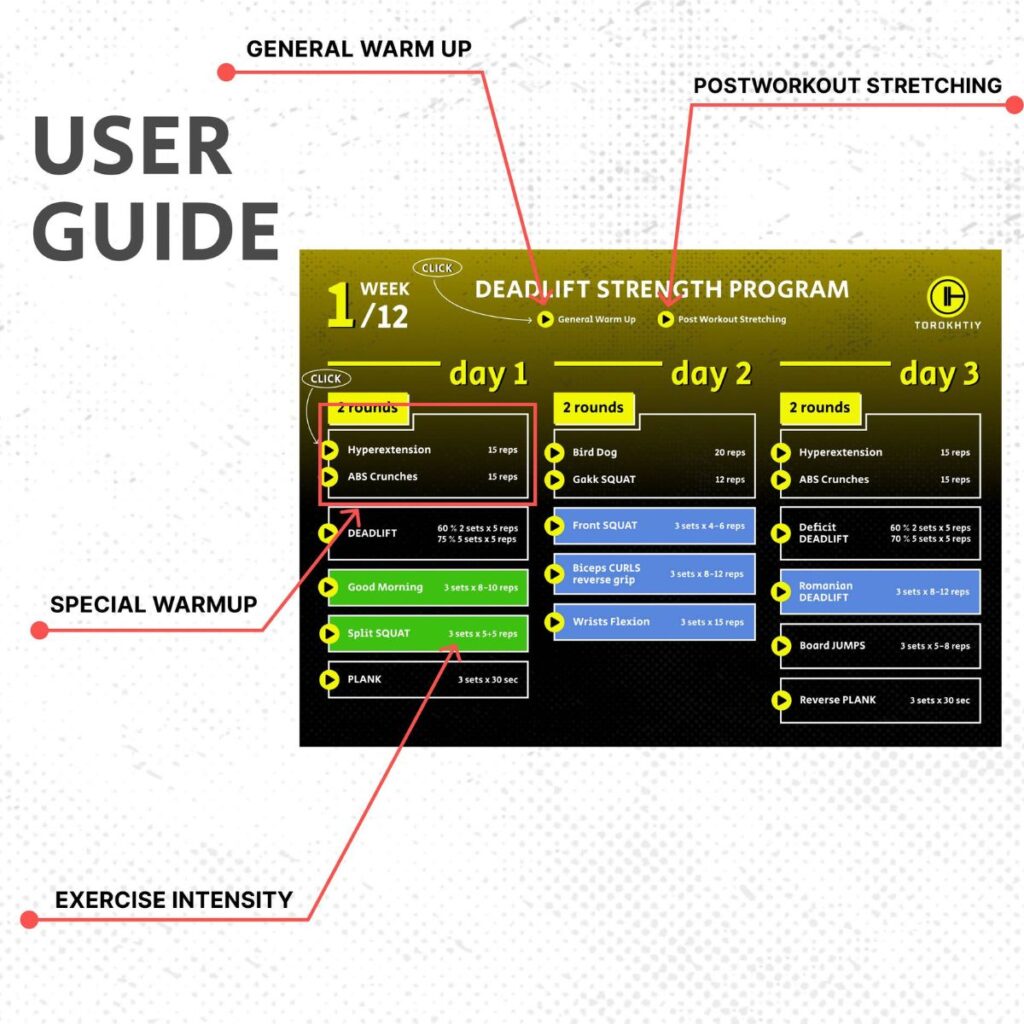
Still have questions after reading our article? Unlock your full potential by engaging with our experts and community! Don’t hesitate — leave a comment below and Sergii Putsov will provide a personalized answer and insights to help you reach your goals.